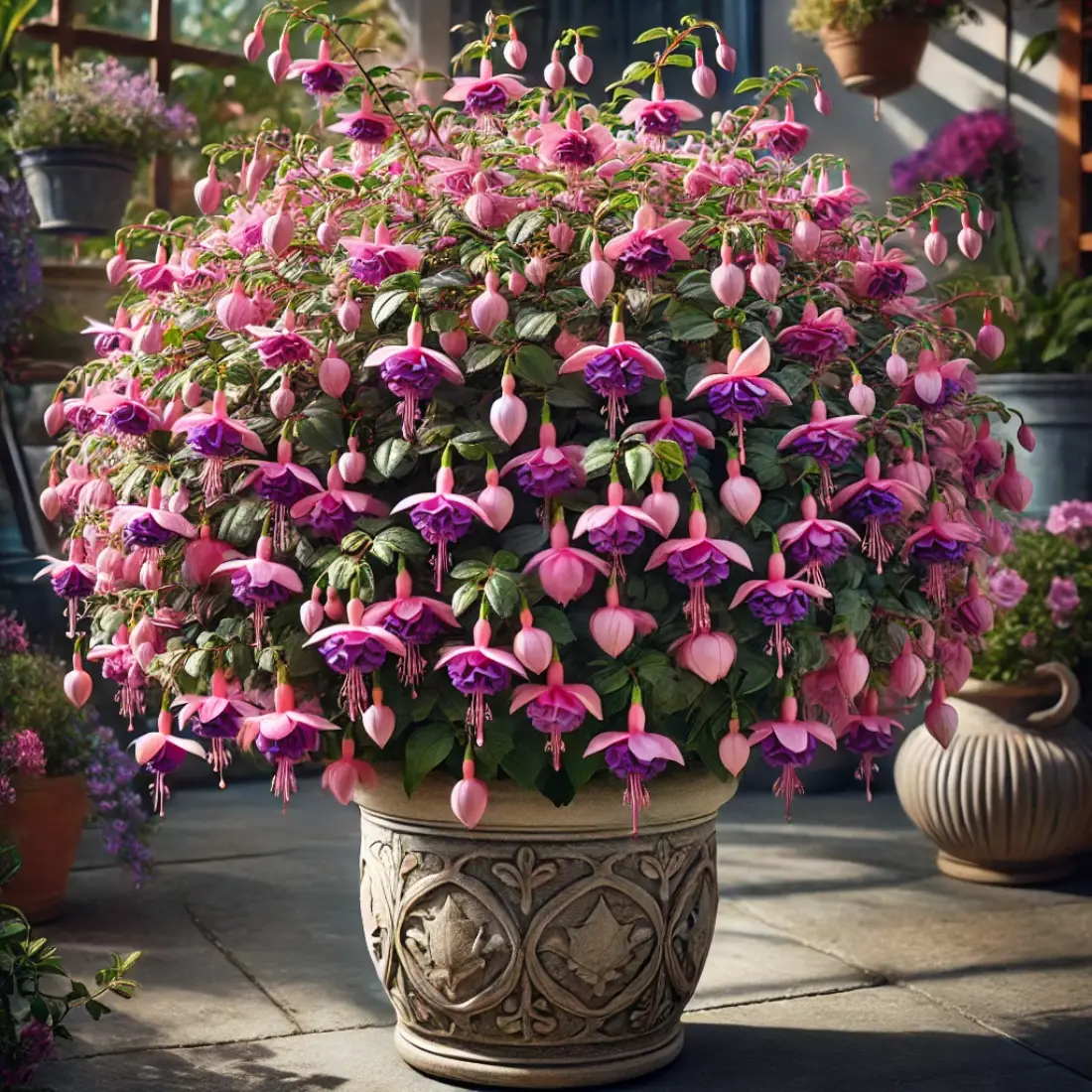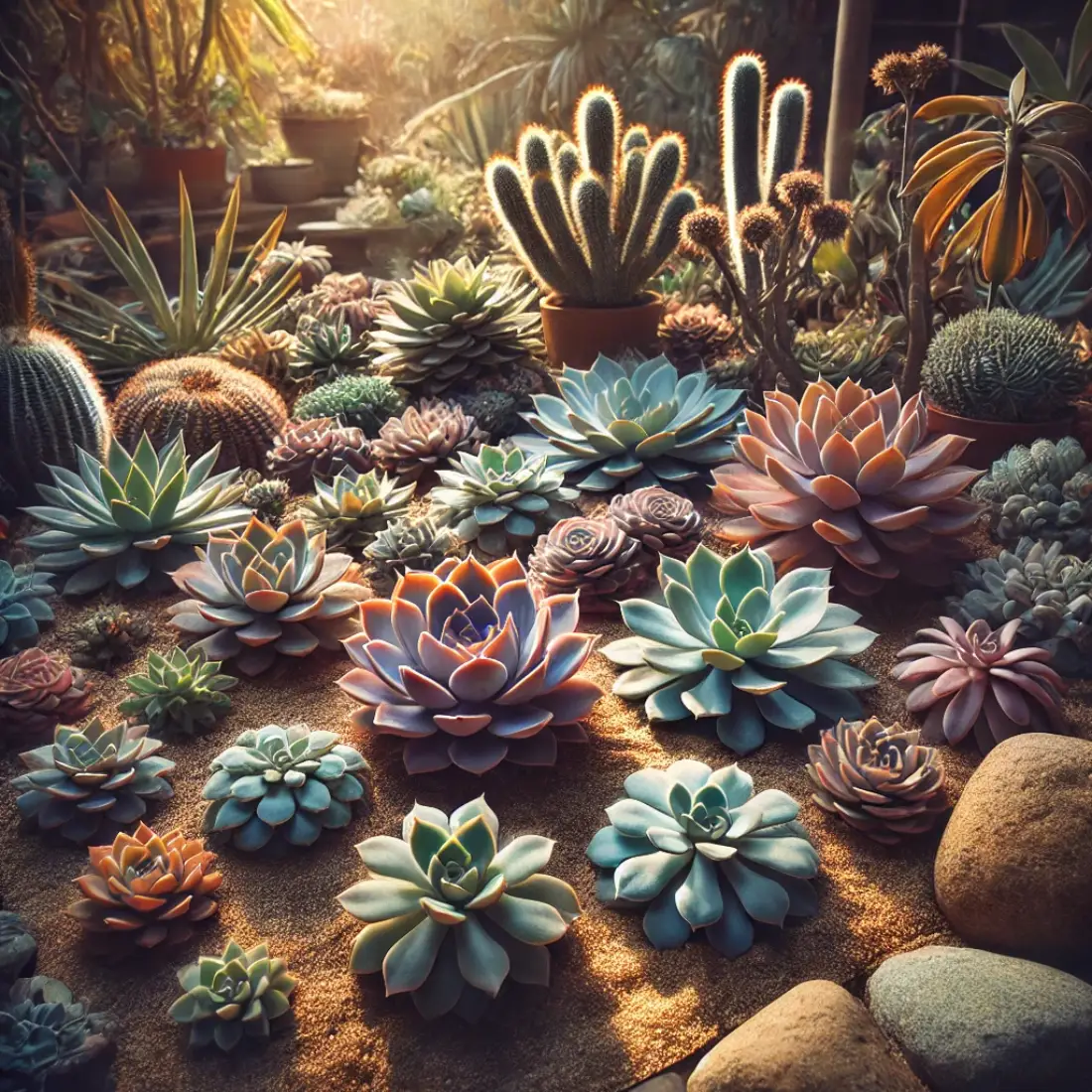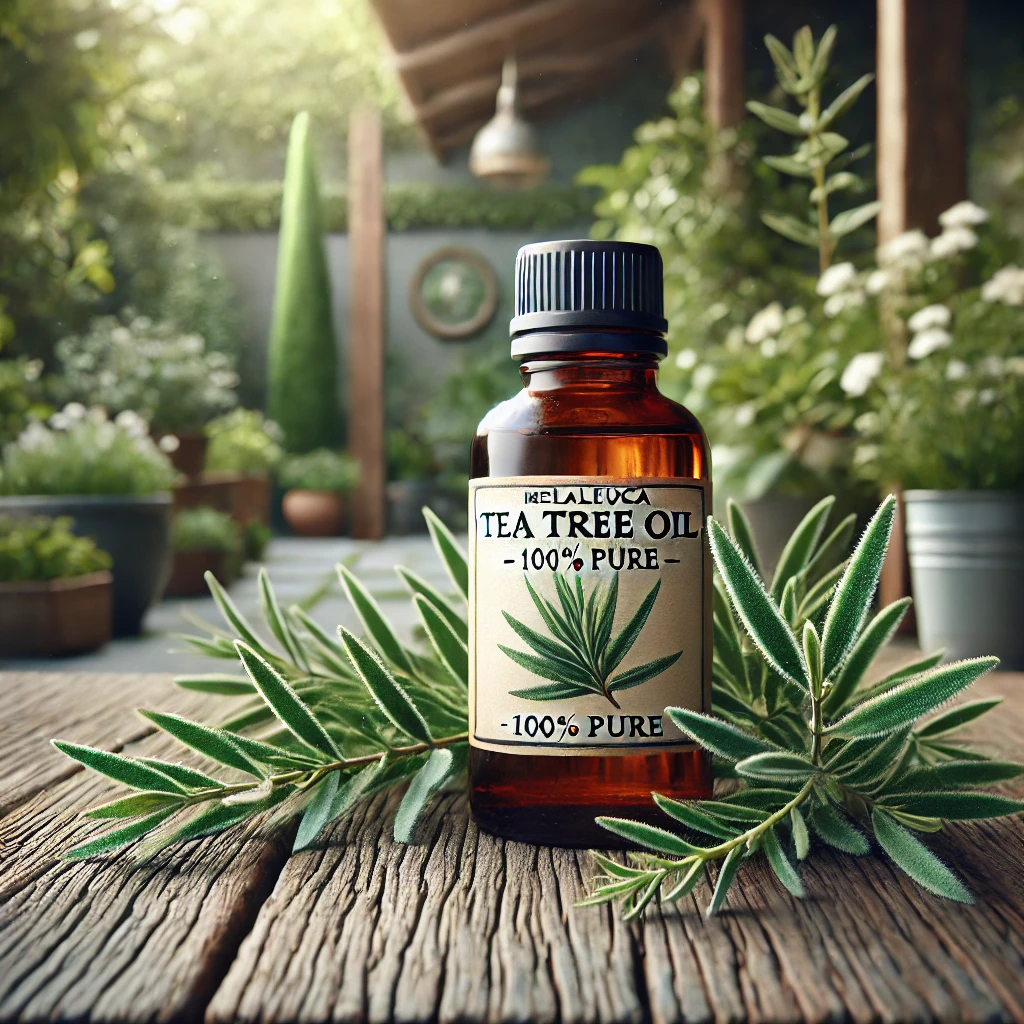Fuchsia is a popular and versatile genus of flowering plants known for its vibrant and eye-catching blooms. Originating from Central and South America, New Zealand, and Tahiti, fuchsias are beloved by gardeners worldwide for their distinctive, pendulous flowers and attractive foliage.
Fuchsias thrive in mild climates and prefer well-draining soil and partial shade. They are relatively easy to care for, making them a favorite among both novice and experienced gardeners.
- Fuchsias are versatile plants suitable for hanging baskets, containers, and garden beds.
- They require well-draining soil, regular watering, and partial shade.
- Pruning and feeding are essential for healthy growth and abundant blooms.
- Protection from extreme temperatures and pests is crucial.
Choosing the Right Fuchsia
Choosing the right fuchsia for your garden involves considering the type, climate, and space available. Fuchsias can be categorized into three main types: trailing, upright, and bush. Each type has its unique characteristics and ideal uses.
Trailing fuchsias are perfect for hanging baskets and window boxes. Their cascading growth habit allows the blooms to drape beautifully, creating a vibrant, colorful display. Popular trailing varieties include ‘Swingtime’ and ‘Southgate,’ known for their prolific flowering and delicate blooms.

Upright fuchsias are well-suited for garden beds, borders, and larger containers. These plants grow vertically and can add height and structure to your garden design. Notable upright varieties include ‘Dollar Princess’ and ‘Mrs. Popple,’ which are prized for their robust growth and striking flower colors.

Bush fuchsias are ideal for patio pots and smaller containers. They have a more compact growth habit and can be easily shaped through pruning. Varieties like ‘Garden News’ and ‘Alice Hoffman’ are popular choices, offering abundant blooms and a neat, tidy appearance.

When selecting fuchsia varieties, consider your local climate. Some fuchsias are more cold-hardy, such as ‘Riccartonii’ and ‘Hawkshead,’ making them suitable for regions with cooler temperatures. In contrast, more tender varieties like ‘Annabel’ and ‘Swingtime’ thrive in warmer, frost-free areas.
Additionally, assess the available space in your garden. For small gardens or balconies, compact or trailing varieties are ideal. In larger landscapes, a mix of upright and trailing fuchsias can create a dynamic and visually appealing display.
Optimal Growing Conditions
Soil Requirements: Fuchsias prefer well-draining soil that retains moisture without becoming waterlogged. A mix of garden soil, compost, and perlite or sand works well to provide the necessary drainage and fertility. Ensure the soil is slightly acidic to neutral (pH 5.5 to 7.0) for optimal growth.
Light Needs: Fuchsias thrive in partial shade, benefiting from morning sunlight and afternoon shade. They can tolerate full shade, but too much direct sunlight, especially in hot climates, can cause leaf burn and stress. If grown indoors, place them near a bright window with filtered light.
Temperature: Fuchsias prefer cool to moderate temperatures. Ideal daytime temperatures range from 60°F to 70°F (15°C to 21°C), with nighttime temperatures between 50°F and 60°F (10°C to 15°C). They do not fare well in extreme heat or frost. In hot climates, provide additional shade and ensure consistent watering. In cooler regions, protect fuchsias from frost by bringing them indoors or using frost covers.
Best Planting Locations: Fuchsias can be grown in various settings, including hanging baskets, containers, garden beds, and borders. For outdoor planting, choose a location that offers partial shade and shelter from strong winds. Ensure the planting area has good air circulation to prevent fungal diseases.
Watering and Humidity: Fuchsias require regular watering to keep the soil consistently moist but not soggy. Water them deeply and allow the top inch of soil to dry out slightly between waterings. Maintain high humidity levels by misting the plants or placing a humidity tray nearby, especially in dry climates or indoor environments.
Planting Fuchsias
Preparing the Soil: Start by preparing the soil. Use a well-draining mix, combining garden soil with compost and perlite or sand to enhance drainage and fertility. Ensure the soil pH is slightly acidic to neutral (5.5 to 7.0). If planting in containers, choose a high-quality potting mix designed for flowering plants.
Planting in Containers: Select a container with drainage holes to prevent waterlogging. Fill the container with the prepared soil mix, leaving enough space for the plant’s root ball. Place the fuchsia in the container, positioning it so the top of the root ball is level with the soil surface. Gently firm the soil around the plant and water thoroughly.
Planting in Garden Beds: Choose a location with partial shade and good air circulation. Dig a hole slightly larger than the root ball of the fuchsia. Place the plant in the hole, ensuring the top of the root ball is even with the soil surface. Backfill with the prepared soil mix, gently firming it around the plant. Water deeply to help settle the soil and eliminate air pockets.
Spacing and Depth Guidelines: When planting multiple fuchsias, space them appropriately to allow for adequate air circulation and growth. Generally, space trailing varieties 12-18 inches apart, upright varieties 18-24 inches apart, and bush types 24-36 inches apart. Ensure the root ball is covered with soil, but avoid planting too deeply, as this can lead to root rot.
Watering Fuchsias
Watering Frequency and Methods: Fuchsias require consistent moisture to thrive, but they do not tolerate waterlogged soil. Water your fuchsias deeply and regularly, especially during the growing season.
The frequency of watering depends on the climate, soil type, and whether the plants are in containers or garden beds. Typically, watering once or twice a week is sufficient, but in hotter climates or dry periods, daily watering may be necessary.
Importance of Drainage: Ensure that the soil drains well to prevent root rot. For container-grown fuchsias, always use pots with drainage holes and avoid letting them sit in standing water. In garden beds, amend the soil with organic matter to improve drainage.
Watering Techniques: Water the soil directly rather than the foliage to reduce the risk of fungal diseases. Morning watering is ideal as it allows the foliage to dry out during the day, minimizing disease risk. Mulching around the base of the plants can help retain soil moisture and keep the roots cool.
Organic Fertilization
Types of Organic Fertilizers: Fuchsias benefit from regular feeding with organic fertilizers. Compost, well-rotted manure, and worm castings are excellent choices.
These provide essential nutrients and improve soil structure. Additionally, liquid seaweed or fish emulsion can be used as a foliar feed or soil drench to boost nutrient uptake.
Feeding Schedule: Start feeding your fuchsias in early spring as new growth begins. Apply a balanced organic fertilizer every 4-6 weeks throughout the growing season. For container plants, use a diluted liquid feed every 2-3 weeks to provide a steady supply of nutrients.
Application Techniques: Incorporate compost or manure into the soil at planting time and top-dress with additional compost during the growing season. For liquid fertilizers, follow the manufacturer’s instructions for dilution rates and application frequency. Apply the fertilizer to moist soil to avoid root burn and ensure efficient nutrient absorption.
Pruning
Pruning is crucial for fuchsias as it removes dead or diseased wood, promotes air circulation, and encourages the plant to produce more blooms. Without regular pruning, fuchsias can become leggy, with sparse foliage and fewer flowers.
Timing: The best time to prune fuchsias is in early spring, just before new growth begins. This timing allows the plant to recover quickly and focus energy on producing fresh stems and flowers.
For fuchsias grown indoors or in mild climates, light pruning can be done throughout the year to maintain shape and remove dead or damaged parts.
Pruning Techniques:
- Cutting Back: Start by cutting back any dead or damaged stems to the base of the plant. Use sharp, clean pruning shears to make clean cuts. Remove any crossing or crowded branches to improve air circulation and light penetration.
- Shaping: Trim back long, leggy stems to encourage bushier growth. Make cuts just above a pair of leaves or a node, as this will stimulate the plant to produce new shoots from that point. For trailing varieties, prune to maintain the desired length and shape.
- Deadheading: Regularly remove spent flowers by pinching them off just above the first set of healthy leaves. This process, known as deadheading, encourages the plant to produce more blooms and prevents the plant from putting energy into seed production.
General Maintenance Tips
- Cleaning: Keep the area around your fuchsias clean and free of fallen leaves and debris to reduce the risk of fungal diseases and pests.
- Monitoring: Regularly check your plants for signs of pests or diseases. Early detection and treatment can prevent minor issues from becoming major problems.
- Supporting: Use stakes or supports for taller varieties or those grown in windy areas to prevent damage to stems.
Propagation techniques
Propagation from Cuttings
- Select Healthy Cuttings: Choose a healthy, non-flowering stem and cut a 4-6 inch segment just below a node.
- Remove Lower Leaves: Strip the lower leaves from the cutting, leaving a few pairs of leaves at the top.
- Dip in Rooting Hormone: For better root development, dip the cut end in rooting hormone powder.
- Plant the Cutting: Insert the cutting into a pot filled with a moist, well-draining potting mix. Firm the soil around the cutting.
- Provide Humidity: Cover the pot with a plastic bag or use a propagator to maintain high humidity. Place in a bright, indirect light location.
- Water Regularly: Keep the soil moist but not waterlogged. Roots should develop in 3-4 weeks.
Seed Propagation
- Collect Seeds: Harvest seeds from mature fuchsia berries.
- Prepare the Soil: Use a seed-starting mix in a shallow tray or small pots.
- Sow the Seeds: Sprinkle the seeds on the soil surface and lightly cover them with a thin layer of soil.
- Water and Cover: Mist the soil to keep it moist and cover with plastic wrap or a propagator lid.
- Germination: Place the tray in a warm, bright location. Germination typically occurs in 2-4 weeks.
- Transplanting: Once seedlings have a few sets of true leaves, transplant them into individual pots.
Layering
- Choose a Low Branch: Select a healthy, flexible branch that can be bent to the ground.
- Prepare the Branch: Make a small incision on the underside of the branch where it will touch the soil.
- Bury the Incision: Bury the incised part of the branch in a shallow trench, securing it with a U-shaped pin or rock.
- Cover with Soil: Cover the branch with soil and water it regularly.
- Separation: After a few weeks, roots will form at the buried section. Cut the new plant from the parent and transplant it.
Overwintering fuchsias
Overwintering fuchsias is essential to protect them from frost and cold temperatures, ensuring they survive until the next growing season. Here are some effective methods for overwintering both hardy and tender fuchsias.
Indoor Overwintering
- Preparation: Before the first frost, trim back the fuchsias by about one-third to one-half to reduce their size and remove any dead or diseased growth.
- Relocate Indoors: Move the potted fuchsias indoors to a cool, frost-free location, such as a garage, basement, or unheated room. Ideal temperatures are between 45°F and 55°F (7°C to 13°C).
- Minimal Watering: Water sparingly throughout the winter, just enough to keep the soil from completely drying out. Fuchsias go semi-dormant, so they don’t need much water or light.
- Check for Pests: Regularly inspect the plants for pests and diseases, treating any issues promptly.
Outdoor Overwintering
- Mulching: Apply a thick layer of mulch (about 4-6 inches) around the base of the plant to insulate the roots from freezing temperatures. Use straw, leaves, or compost.
- Pruning: In late autumn, after the first frost, cut back the stems to about 6 inches above ground level. This prevents wind damage and encourages new growth in spring.
- Covering: In colder regions, cover the plants with horticultural fleece or burlap to provide extra protection against severe frost.
Common Pests
Aphids:
- Neem Oil: Mix neem oil with water according to the label instructions and spray it on the affected plants. Neem oil disrupts the life cycle of aphids and other pests.
- Insecticidal Soap: Use a homemade insecticidal soap by mixing one teaspoon of mild liquid soap with one quart of water. Spray it directly on aphids to suffocate them.
- Natural Predators: Introduce ladybugs or lacewings to your garden, as they are natural predators of aphids.
Spider Mites:
- Water Spray: Regularly spray the undersides of leaves with a strong jet of water to dislodge spider mites.
- Neem Oil: Similar to aphids, neem oil is effective against spider mites. Ensure thorough coverage of leaves and stems.
- Predatory Mites: Release predatory mites that feed on spider mites without harming your plants.
Common Diseases
Botrytis (Gray Mold):
- Good Air Circulation: Ensure plants are spaced adequately to promote air circulation and reduce humidity around the foliage.
- Remove Infected Parts: Promptly remove and dispose of any affected plant parts to prevent the spread of the fungus.
- Homemade Fungicide: Spray a solution of one tablespoon of baking soda, one teaspoon of liquid soap, and one gallon of water on the affected areas.
Powdery Mildew:
- Milk Spray: Mix one part milk with nine parts water and spray it on the affected leaves weekly. The proteins in milk help to combat the fungus.
- Potassium Bicarbonate: Use a solution of potassium bicarbonate, available at garden centers, as an effective treatment against powdery mildew.
FAQs about Fuchsias
How often should I water my fuchsia?
Water fuchsias deeply and regularly, typically once or twice a week. During hotter periods, you may need to water daily. Ensure the soil remains consistently moist but not waterlogged.
Why are my fuchsia leaves turning yellow?
Yellow leaves can be caused by overwatering, underwatering, or nutrient deficiencies. Check your watering schedule and consider feeding your fuchsias with a balanced fertilizer.
Can fuchsias grow in full sun?
Fuchsias prefer partial shade with morning sun and afternoon shade. Too much direct sunlight can cause leaf burn and stress the plant.
How do I revive a dying fuchsia plant?
Assess the plant’s watering needs, ensure it has proper drainage, and check for pests or diseases. Prune back dead or damaged parts and provide a balanced organic fertilizer to encourage new growth.
When should I prune my fuchsia?
Prune fuchsias in early spring before new growth begins. Light pruning can also be done throughout the year to maintain shape and remove dead or damaged parts.
Can fuchsias be grown indoors?
Yes, fuchsias can be grown indoors if they receive bright, indirect light and are kept in a cool environment. Ensure good air circulation and humidity to mimic their natural conditions.
What type of soil is best for fuchsias?
Fuchsias thrive in well-draining soil rich in organic matter. A mix of garden soil, compost, and perlite or sand works well. The soil should be slightly acidic to neutral (pH 5.5 to 7.0).
How do I protect my fuchsias from frost?
For tender fuchsias, move them indoors to a cool, frost-free location before the first frost. For hardy fuchsias, apply a thick layer of mulch around the base and cover the plants with horticultural fleece if necessary.
What pests commonly affect fuchsias?
Common pests include aphids, spider mites, and whiteflies. Use organic methods like neem oil, insecticidal soap, or introducing natural predators to manage these pests.
How can I encourage more blooms on my fuchsia?
Regularly deadhead spent flowers to encourage continuous blooming. Provide adequate water, fertilize with a balanced organic fertilizer, and ensure the plant receives proper light and care.













